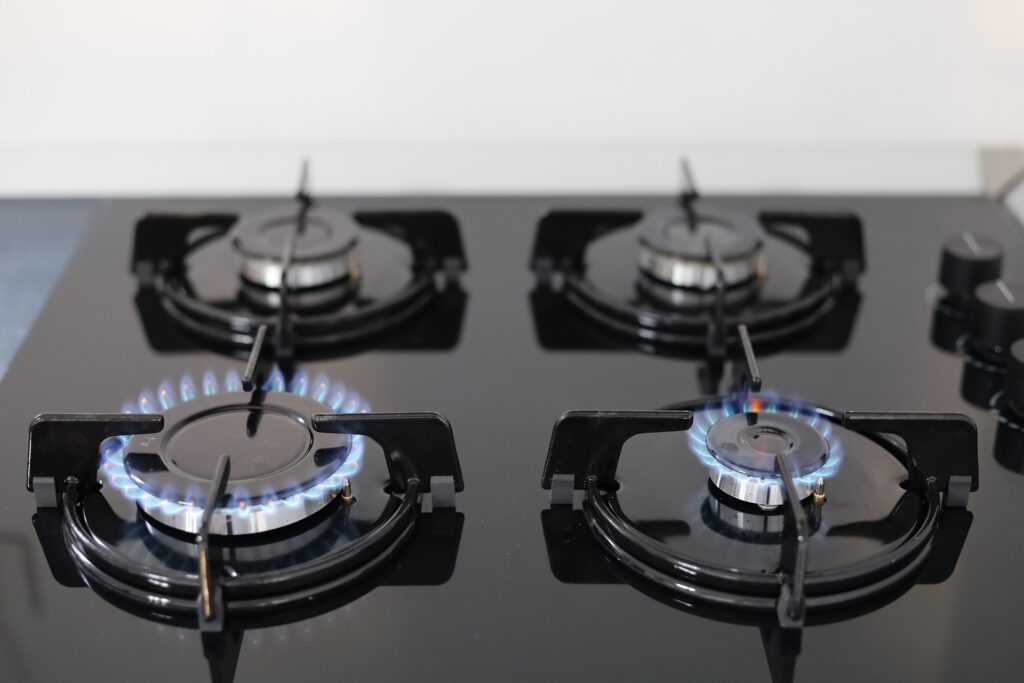Three great stories we found on the internet this week.
Branching out
Non-native plants and trees usually get a resounding thumbs down from environmentalists. But a group of forest restorers believes that planting Australian eucalypts deep in the Brazilian rainforest could be a key to financially sustainable preservation.
Faced with the loss of about 20 percent of Brazil’s Amazon rainforest in the last 50 years, a team led by Pedro Brancalion, from the University of São Paulo, has planted the exotic eucalypts in deforested areas of Brazil with the specific purpose of harvesting them for timber, thus generating money for reforestation work. The team also cultivates dozens of native species whose revival will bolster the ecosystem that’s home to millions of animals and, when healthy, can soak up the carbon dioxide contributing to climate change.
Crushed by negative news?
Sign up for the Reasons to be Cheerful newsletter.According to Brancalion, harvesting the eucalypts brings in enough money to pay for the majority of reforestation work without impeding the much-needed natural growth. Some experts caution that timber companies’ focus on profits could derail true, equitable restoration, but also acknowledge that saving the Amazon will require tradeoffs. For his part, Brancalion notes that timber production also creates local jobs, and “people have destroyed native ecosystems to make money, and they should also make money when restoring an ecosystem.”
Look up
Scientists, inclusive STEM educators and language preservationists can now search an online dictionary of scientific terms and concepts to communicate them in the Navajo’s Diné language.
Biologists collaborated with high school teachers from the Navajo Nation, a Diné language expert, and community members to create the resource. They went back and forth on translating English terms such as “DNA” and “cell,” and settled on a list of 250 that, says one biologist, represents “foundational concepts that students might need to know in middle or high school to prepare them to pursue more advanced science classes.” Next up, the team wants to translate medical and environmental terminology.
Off gas
Lots of home cooks appreciate the fine control of a gas flame, but unhealthy levels of gas stove emissions pollute air inside and outside houses. Meal prep can lead to nitrogen oxide levels in the kitchen twice what the Environmental Protection Agency says is unhealthy for children and people with respiratory illnesses. That’s why New York started a pilot program to let some public housing tenants switch to induction cooktops — and a new analysis shows a significant improvement in participants’ air quality.

Tests show that tenants who started using the electric induction stoves had a 35 percent drop in indoor NO2 concentrations over about a year. One said she felt a “sense of relief knowing when she turns her induction stove on she’s not breathing in air pollutants that are exacerbating her asthma.”
The NYC housing authority now plans to electrify the entire building where it ran the pilot, a positive step toward environmental equity because while the Inflation Reduction Act provides credits to homeowners who make a similar switch, public housing residents can’t choose their appliances.







